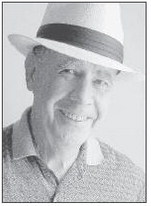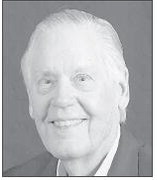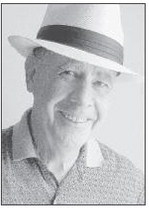Rituals Worth Keeping
I love them old.
Old houses, old commercial and government buildings hold a deep attraction to me. Little Miss Phillips was initiated early into walking streets or making slow passes at old houses and still talks about Rambles with the Georgia Trust for Historic Preservation.
That year LMP was introduced to close up visits to historic buildings, and it changed her view of historic preservation.
She looked out a window of a stair landing to examine, to her fascination, a Spanish tile roof.
“The Trust” holds a couple of “rambles” each year in which homes and buildings that might not be open to the public are opened for visitors.
Taking a careful look at a home, one can see how it was changed to accommodate the needs of the owners.
That was capped one evening when she and I walked two miles through the center of Atlanta viewing buildings on Peachtree Street with a more practiced eye.
Last week I stood at the front of a recently constructed county building and discovered there was no “cornerstone.”
Cornerstones today are more informational than functional, but they hold valuable data on a building's history, names of architects and public and fraternal officials.
The ceremony has been practiced in America at least since 1793 when President George Washington laid the cornerstone of the U.S. Capitol in September.
According to the official history of The United States Senate, in the first year of his second term, the huge stone, which was examined and certified as being “true,” was placed in a trench upon a silver plate in the southeast corner of the building.
The stone was consecrated in a ceremony that included religious, governmental and local dignitaries employing “corn, wine and oil.”
The ceremony was so well documented in the press that there is no doubt the stone was laid by President Washington, but through the years the Capitol building was enlarged and modified so that today nobody really knows where it is.
It was placed in what was then the southeast corner of the original building, and the best guess of the Capitol Architect is that it is under the southeast corner of what today is the National Statuary Hall.
Since then cornerstone laying became an important public ceremony conducted by the local Masonic Lodge and often included a time capsule containing memorial materials; coins, newspapers and other artifacts of the day.
Through time we have abandoned some rituals lacking practical value, but this one is worth keeping.
joenphillips@yahoo.com








